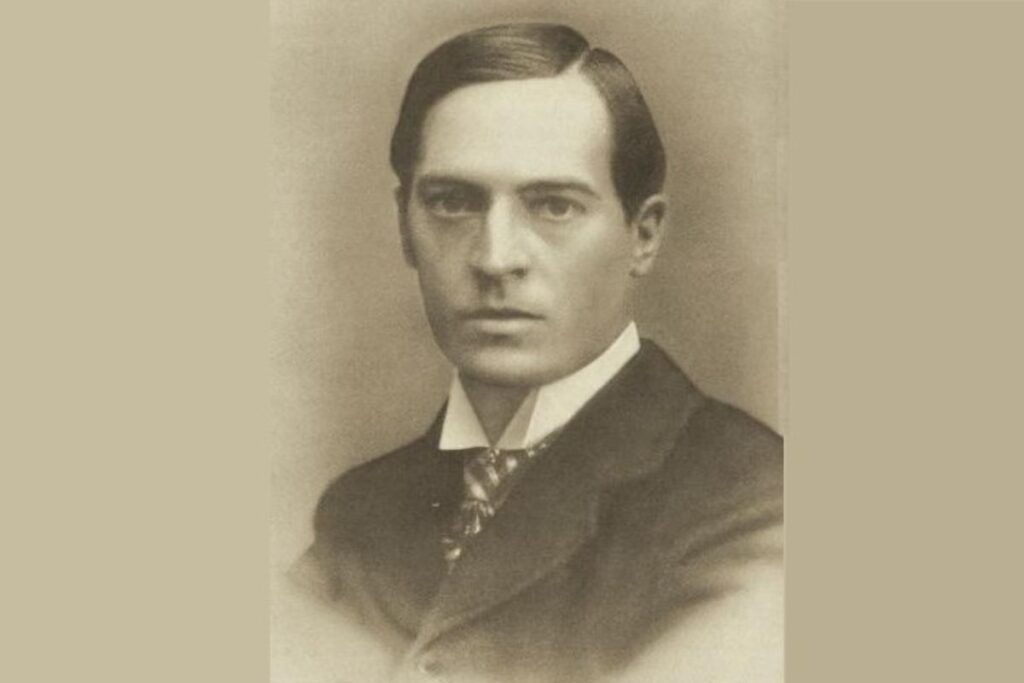Harry Nelson Pillsbury was a prominent American chess player who made significant contributions to the game in his short life. Here are some key details about his life and career, organized into subheadings:
Early Life and Chess Career
Pillsbury was born on December 5, 1872, in Somerville, Massachusetts. He did not learn to play chess until he was 16 years old, but he quickly became a strong player. In 1890, after only two years of playing chess, he defeated noted expert H. N. Stone.
Hastings 1895 Chess Tournament
Pillsbury’s most significant achievement was winning the Hastings 1895 chess tournament at the age of 22. This tournament was one of the strongest of its time and featured many of the world’s top players. Pillsbury’s victory was particularly impressive given his young age and relative lack of experience.
Other Chess Accomplishments
In addition to his victory at Hastings, Pillsbury had several other notable accomplishments in his chess career. He won the American Chess Championship in 1897 and 1898. He also defeated World Champion Wilhelm Steinitz in a match in 1892, despite giving Steinitz odds of a pawn
Illness and Death
Unfortunately, Pillsbury’s life was cut short by illness. He suffered from syphilis, which caused both physical and mental health problems. He died on June 17, 1906, in a Philadelphia hospital at the age of 33
Legacy
Despite his short life, Pillsbury made a significant impact on the game of chess. He was known for his dynamic style of play and was particularly influential in popularizing the Queen’s Gambit.
Many chess fans have speculated about what Pillsbury might have achieved if he had lived longer. He was inducted into the U.S. Chess Hall of Fame in 1986.
In conclusion, Harry Nelson Pillsbury was a talented and influential chess player who achieved great success in his short life.
His victory at the Hastings 1895 chess tournament was particularly impressive, and he made significant contributions to the game through his style of play and his popularization of the Queen’s Gambit. Despite his untimely death, Pillsbury’s legacy lives on in the world of chess.
Playing Style
Harry Nelson Pillsbury was known for his dynamic and aggressive playing style. He was particularly skilled at attacking his opponents’ kings and was known for his tactical creativity. Pillsbury was also a strong blindfold chess player and could play checkers and chess simultaneously while playing a hand of whist.
Pillsbury’s style of play was influenced by his study of the games of Paul Morphy, who was known for his attacking style and tactical brilliance.
Pillsbury was also influenced by the ideas of Wilhelm Steinitz, who emphasized the importance of positional play and the control of key squares on the chessboard.
Despite his aggressive style of play, Pillsbury was also a strong endgame player and was known for his ability to convert small advantages into wins.
He was particularly skilled at playing rook endgames and was known for his ability to create passed pawns and use them to win games.
In conclusion, Harry Nelson Pillsbury was known for his dynamic and aggressive playing style, which was influenced by his study of the games of Paul Morphy and the ideas of Wilhelm Steinitz.
He was particularly skilled at attacking his opponents’ kings and was known for his tactical creativity. Despite his aggressive style, Pillsbury was also a strong endgame player and was able to convert small advantages into wins.


